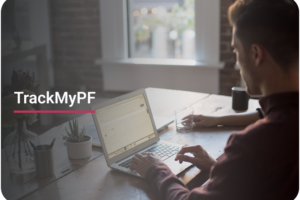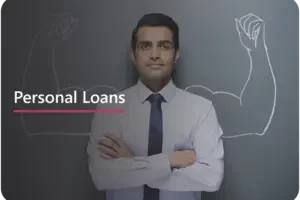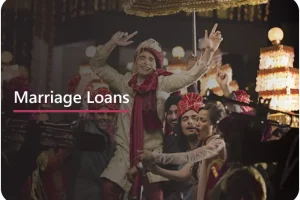Understanding Unsecured Loans: Examples and How They Work
In today’s financial landscape, loans have become an integral part of many people’s lives. Whether it’s for buying a house, funding a business venture, or covering unexpected expenses, loans provide a way to access the necessary funds. Among the various types of loans available, unsecured loans have gained significant popularity. Let us delve into the world of unsecured loans, explore examples, and understand how they work.
What are Unsecured Loans?
Unsecured loans, also known as signature loans or personal loans, are a type of borrowing that does not require any collateral. Unlike secured loans, which are backed by an asset such as a home or a car, unsecured loans only rely on the borrower’s creditworthiness and promise to repay. These loans are typically granted based on the borrower’s credit history, income, and other factors that demonstrate their ability to repay the loan.
Examples of Unsecured Loans
Personal Loans: Personal loans are one of the most common examples of unsecured loans. They can be used for various purposes such as consolidating debt, funding home renovations, or covering medical expenses. Lenders assess the borrower’s credit score, income, and debt-to-income ratio to determine the loan amount and interest rate.
Credit Cards: Credit cards are a form of revolving unsecured loans. They provide a line of credit that borrowers can use for purchases and payments. The credit limit is determined based on the borrower’s creditworthiness. If the balance is not paid in full each month, interest charges accrue.
Education Loans: Many student loans, particularly private student loans, are unsecured. These loans help students cover their educational expenses, including tuition fees, books, and living costs. The approval and interest rate depend on the borrower’s credit history, income, and other factors.
How Do Unsecured Loans Work?
When applying for unsecured credit, you will likely follow these steps:
Step 1- Application: The borrower typically completes an application form with the lender, providing personal and financial information such as income.
Step 2- Assessment: The lender then evaluates the borrower’s creditworthiness using factors such as credit score, income, and debt-to-income ratio. Accordingly, the lender determines whether to approve or reject the loan application and the terms of the loan, including the interest rate and repayment period.
Step 3- Approval: Once approved, the borrower receives the loan amount as a lump sum or in instalments, depending on the lender’s policies.
Step 4- Repayment: The borrower is expected to repay the loan in regular instalments over a specified period, usually ranging from a few months to several years. Each payment includes both principal and interest, with the interest rate typically fixed or variable, depending on the loan agreement.
Benefits of Unsecured Loans
Unsecured loans have many advantages that make them a great option for eleventh-hour financing:
- No Collateral: Unsecured loans offer the advantage of not requiring collateral, meaning borrowers don’t have to pledge their assets to secure the loan. This makes them an attractive option for individuals who don’t own valuable assets or don’t want to risk losing them.
- Flexibility: Unsecured loans provide flexibility in terms of usage. Borrowers can use the funds for a variety of purposes, including debt consolidation, home improvement, or even a vacation. The absence of restrictions on how the loan amount is used gives borrowers more freedom.
- Quick Approval: As compared to secured loans that involve extensive asset valuation and verification processes, unsecured loans typically have a faster process for approval. Lenders focus primarily on the borrower’s creditworthiness and financial stability, allowing for quicker loan disbursal.
Factors to Consider Before Applying for an Unsecured Loan
While unsecured loans offer several benefits, borrowers should carefully consider a few factors:
Higher Interest Rates
Considering the higher risk faced by lenders, unsecured loans often come with higher interest rates compared to secured loans. Borrowers should be prepared to pay more in interest over the loan term. The better your financial position, the higher will be your unsecured loan limit.
Eligibility Criteria
Unsecured loans rely heavily on the borrower’s credit history and income. Individuals with a low credit score or unstable income may find it more challenging to qualify for an unsecured loan.
Potential Impact on Credit Score
Timely repayment of unsecured loans can help improve or maintain a good credit score. On the other hand, late or missed payments can negatively impact creditworthiness, making it harder to obtain future credit.
Summary
In conclusion, unsecured loans provide individuals with a valuable financial tool for various purposes. Whether it’s funding a personal project, consolidating debt, or covering unexpected expenses, unsecured loans offer flexibility and accessibility.
Note that even if unsecured credit is easy to acquire and does not require you to pledge any asset, defaulting on unsecured loans is not without consequence. Understanding the mechanics of unsecured loans, you can make informed decisions and navigate the lending landscape more effectively. Finnable helps you assess your personal financial circumstances and apply for the loan that best suits your needs.















